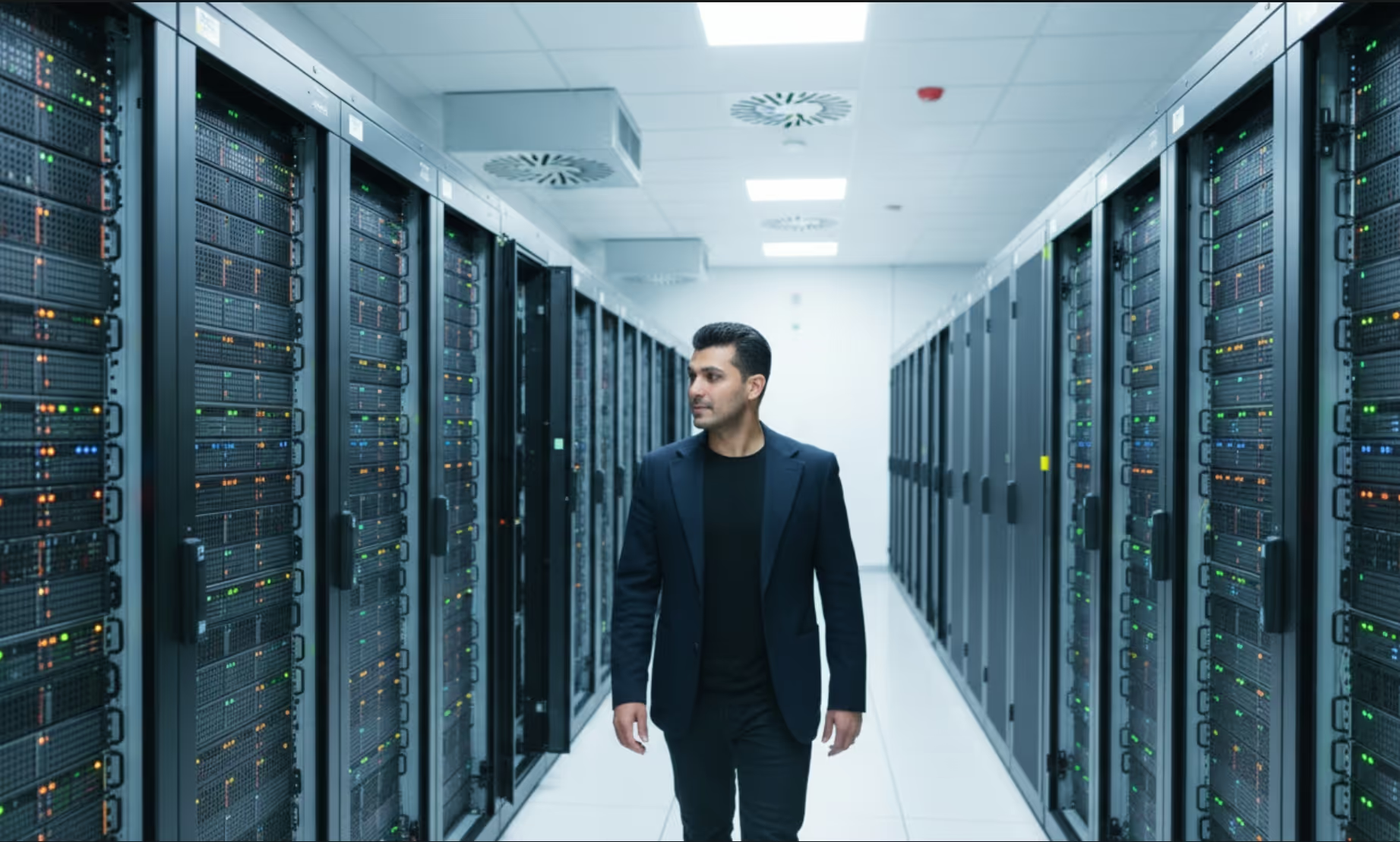It’s no secret that the COVID-19 pandemic was a catalyst for several years-worth of digital transformation and technologies. Consumers were practically forced to work and shop from home, considerably reducing commuting and air travel. All of this had a positive outcome in the form of decreased pollution, with a 6% drop in CO2 emissions worldwide.
However, our burning need for data processing has an adverse effect on the environment. For starters, carbon dioxide emissions returned to “normal”, hitting pre-pandemic levels. To make climate matters worse, we are now stuck with an enormous additional energy demand brought on by the expanding digital economy of today.
In response to these environmental changes, organizations across the business landscape must pull their weight and do their part in sustainability efforts, particularly IT as one of the pillars of the digital future.
Simply put, the need for data centers and IT infrastructure is growing, placing more significance on their role in national and global economies. At the same time, the entire process of production, use, and disposal of IT equipment is a major contributor to pollution and carbon emissions, endangering the global climate.
This is due to the fact that the standard procedure for managing IT assets is to keep it running between three and five years. This is the general span in which original equipment manufacturers (OEMs) offer warranty and customer support. After five years, though, the end-user discards the equipment and buys a new one that has popped up on the market.
As you can imagine, this linear economy is far from being environmentally- and budget-friendly.
What’s even worse is the realization that IT hardware can properly function well beyond end-of-life (EOL) or end-of-service-life (EOSL) dates. As such, it’s critical to leverage the most out of it and create a new standard for sustainable performance with an acceptable ecological footprint.
This is where third-party maintenance (TPM) comes into play.
As an alternative to OEM’s service and updates for network, server, and storage equipment, TPM is more economical and pragmatic. It is vital to the broader effort of breaking the current status quo in IT and establishing a circular economy.
Estimates for global Information and Communication Technology (ICT) energy suggest that it accounted for 4 to 6% of all electricity used globally in 2020, likely to increase over the next 5 to 10 years. So, several regulations emerged with the goal to stop this trend.
In the UK, from March 1, 2020, every newly manufactured server and storage device needs to meet higher energy efficiency standards. Additionally, detailed product and assembly information, as well as replacement parts are required to be included in the product package to help ease the asset’s maintenance.
Regulations in the EU have gone a step further to extend the lifespan of EOSL equipment. Starting July 1, 2021, the Ecodesign Directive introduced new binding requirements where OEMs are mandated to provide security updates and firmware for up to eight years. It is estimated that the regulation covers up to 90% of all data center storage and server assets.
Other legislation, such as the Right to Repair, which aims to force OEMs to provide consumers and independent repair businesses equal access to repair documentation, diagnostics, tools, service parts, and firmware, is currently in the works both in Europe and the USA. It’s a move to help electronics equipment owners repair products by themselves, thus promoting a greener approach to IT maintenance, as opposed to being required to use official repair shops or buy new equipment.
In this push for green IT, TPM plays an important role, further highlighted by the ongoing chip shortage. If there is anything that showcases why the switch to a circular economy is necessary both from a short-term and long-term standpoint, this global crisis is arguably it.
Still, it’s important to note that TPM’s benefits have a significant environmental impact. Continuing to utilize IT assets that are performing as intended delays the projected EOL/EOSL date, reducing the need for new hardware while preventing unnecessary waste. As a result, there is a notable decrease in lifetime greenhouse gas emissions associated with the manufacturing process of new equipment, which generates the majority of these emissions.
Generally speaking, data centers are responsible for a large share of energy usage. By partnering with TPM providers, they can reduce their energy and environmental impact and be en route to sustainable performance, consolidating their costs along the way.
Here at Dataknox, we understand that going green means merging economic and ecological efforts. With our services, you gain more flexibility to manage your data centers in an efficient and cost-friendly way while pushing your sustainability initiative further. No matter how technically or logistically complex your problem is, we have a TPM solution that will fit your needs.
Reach out via email or phone and we’ll get your green transformation underway.






